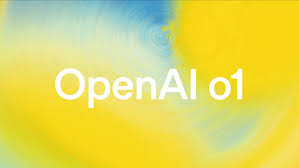OpenAI o1:

OpenAI has released a new AI model called o1 and also released a smaller, cheaper version of the o1 called o1-mini.
- OpenAI o1 is a new Large Language Model (LLM) trained with reinforcement learning to perform complex reasoning.
- It thinks before it answers—it can produce a long internal chain of thought before responding to the user.
- This model can reason through complex tasks and solve harder problems than previous models in science, coding and math.
- According to the company, the model is a progressive step toward achieving human-like AI.
- It also demonstrates tangible improvements in key areas, such as generating code and tackling complex, multistep challenges with greater proficiency than its predecessors.
- It has trained these models to spend more time thinking through problems before they respond, much like a human would.
- The o1 model scored 83 per cent on the qualifying exam for the International Mathematics Olympiad, OpenAI said in its blog post. This is a vast improvement from the 13 per cent scored by its predecessor, GPT-4o.
- OpenAI’s previous GPT models were simply taught to provide answers by detecting patterns in training data.
- But, in the case of o1, researchers at the organisation first taught the model using a system of rewards and penalties.
- Then, o1 was taught to process user queries by breaking them down and going through them one step at a time.
- Currently, the o1 can neither browse the internet nor process files and images. It also lacks factual information about recent world events.




